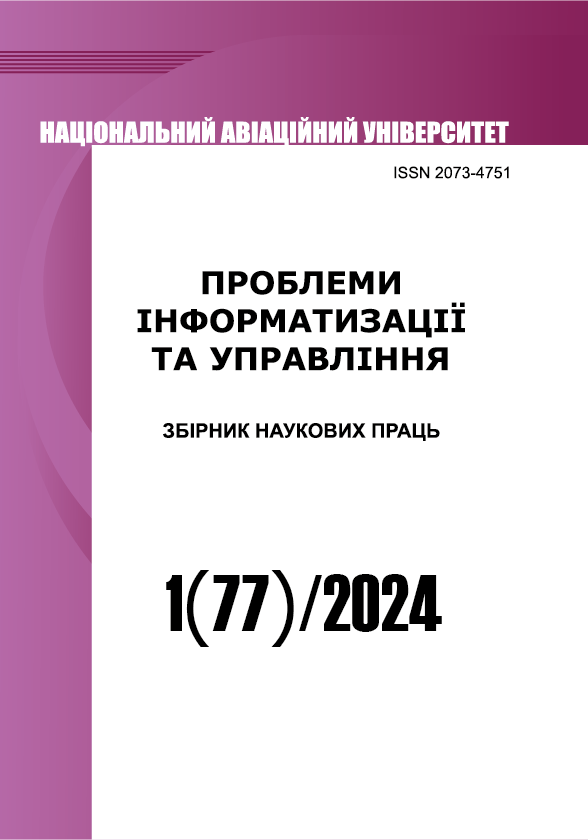Гібридні криптосистеми захисту вузлів мереж FANET: підходи до використання
DOI:
https://doi.org/10.18372/2073-4751.77.18652Ключові слова:
мережа FANET, гібридна криптосистема, БПЛА, автентифікація, захист данихАнотація
В статті представлені результати дослідження можливості використання гібридних криптосистем дла захисту вузлів сенсорної мережі FANET. Запропонована модель гібридної криптосистеми для шифрування даних, генерації спільного секретного ключа та розроблено алгоритм автентифікації в мережі FANET на базі протоколу TLS та методів симетричного/асиметричного шифрування. Виконано тестування алгоритмів AES-GCM, ECDSA для операцій шифрування, дешифрування, проведені заміри часових характеристик виконання операцій, визначена кількість циклів CPU та обсяги енергоспоживання.
В результаті проведених досліджень обгрунтована доцільність використання гібридних криптосистем вузлами мереж FANET за умови виконання певних вимог до апаратних, програмних та енергетичних ресурсів.
Посилання
Wiik J. H. Cybersecurity and cryptographic methods in unmanned systems. Kjeller : Norwegian Defence Research Establishment (FFI), 2020. P. 7–30.
Faezeh Pasandideh et al. A Review of Flying Ad Hoc Networks: Key Characteristics, Applications, and Wireless Technologies. Remote Sensing. 2022. Vol. 14, no.18. P. 1–10.
Shuo Zhang et al. A Lightweight Authentication Protocol for UAVs Based on ECC Scheme. Drones. 2023. Vol. 7, no. 5. 16 p.
İlker Bekmezci, Eren Şentürk, Tolgahan Türker. Security issues in flying ad-hoc networks (FANETs). Journal of Aeronautics and Space Technologies. 2016. Vol. 9, no. 2. P. 13–21.
Cryptographic Module Validation Program. URL: https://csrc.nist.gov/projects/cryptographic-module-validation-program/certificate/4282.
Github: Graullon/openssl-test-suite. URL: https://github.com/Graullon/openssl-test-suite.
MAVIC 2 Specs. URL: https://www.dji.com/global/mavic-2/info.
##submission.downloads##
Опубліковано
Номер
Розділ
Ліцензія
Автори, які публікуються у цьому журналі, погоджуються з наступними умовами:- Автори залишають за собою право на авторство своєї роботи та передають журналу право першої публікації цієї роботи на умовах ліцензії Creative Commons Attribution License, котра дозволяє іншим особам вільно розповсюджувати опубліковану роботу з обов'язковим посиланням на авторів оригінальної роботи та першу публікацію роботи у цьому журналі.
- Автори мають право укладати самостійні додаткові угоди щодо неексклюзивного розповсюдження роботи у тому вигляді, в якому вона була опублікована цим журналом (наприклад, розміщувати роботу в електронному сховищі установи або публікувати у складі монографії), за умови збереження посилання на першу публікацію роботи у цьому журналі.
- Політика журналу дозволяє і заохочує розміщення авторами в мережі Інтернет (наприклад, у сховищах установ або на особистих веб-сайтах) рукопису роботи, як до подання цього рукопису до редакції, так і під час його редакційного опрацювання, оскільки це сприяє виникненню продуктивної наукової дискусії та позитивно позначається на оперативності та динаміці цитування опублікованої роботи (див. The Effect of Open Access).


